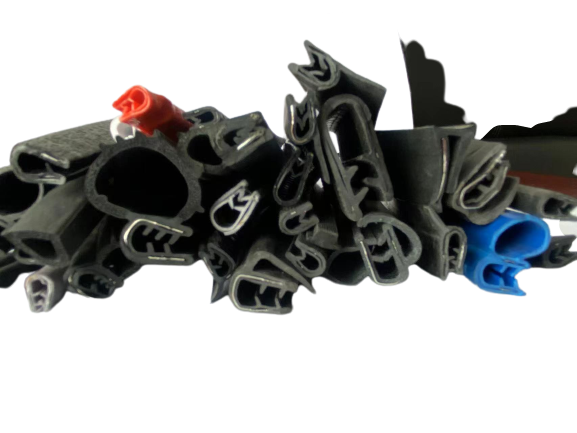joulu . 01, 2024 02:58 Back to list
curtain wall seals for doors and windows products
The Importance of Curtain Wall Seals for Doors and Windows
In modern architecture, curtain walls have become a popular choice for exterior building facades due to their aesthetic appeal and functionality. These non-structural systems are primarily composed of lightweight materials that hang from the floor slabs, allowing large expanses of glass to create a seamless blend between indoor and outdoor environments. However, a crucial aspect often overlooked in the installation of curtain walls is the sealing solutions used for doors and windows.
Curtain wall seals serve as a vital component in ensuring the structural integrity and energy efficiency of buildings. They act as a barrier against external elements—rain, wind, dust, and noise—thus providing comfort and protection for the occupants inside. The effectiveness of these seals significantly contributes to the overall performance of the curtain wall system.
One of the primary functions of curtain wall seals is to prevent water infiltration. This is particularly important in climates prone to heavy rainfall. A well-designed seal helps direct water away from the interior of the building, reducing the risk of mold and water damage. Proper sealing also helps minimize air leakage, which is essential for maintaining energy efficiency. By ensuring that conditioned air does not escape and unconditioned air does not enter, seals contribute to lower energy costs and improved HVAC performance.
curtain wall seals for doors and windows products

Moreover, curtain wall seals enhance indoor comfort by reducing noise pollution. In urban environments where external noise is a concern, effective sealing can significantly dampen sound transmission, creating a quieter indoor atmosphere. This is especially beneficial in buildings designed for residential or office spaces.
Additionally, the choice of materials used in curtain wall seals can impact the longevity and maintenance requirements of the system. Modern seals are often made from durable materials such as silicone, EPDM, and neoprene, which resist degradation from UV exposure and temperature fluctuations. This resistance to wear ensures that the seals maintain their effectiveness over time, reducing the need for frequent replacements and repairs.
When considering curtain wall seals for doors and windows, it is essential to engage with knowledgeable professionals who can recommend the best products for specific applications. Factors such as climate, building design, and intended use should all be taken into account to ensure optimal performance.
In conclusion, curtain wall seals for doors and windows are not merely an afterthought in building design; they play a crucial role in enhancing energy efficiency, comfort, and durability. By ensuring proper installation and using high-quality materials, architects and builders can create structures that are not only visually striking but also functional and sustainable for years to come. As we continue to evolve in architectural design, the importance of these seals will remain a key consideration in developing modern buildings.




